
Visa and entry requirements Romania:
Passport not required
No visa is required
Information from the Foreign Office about your trip to Romania:
http://www.auswaertiges-amt.de/DE/Laenderinformationen/00-SiHi/RumaenienSicherheit.html?nn=332636?nnm=332636
Romania is a country between Central and Southeastern Europe with around 20 million inhabitants. The country lies on the Black Sea and stretches westwards across the Carpathian Mountains to the Pannonian Plain. The state borders on Bulgaria to the south, Serbia and Hungary to the west, and Ukraine and Moldova to the north and east. The official language is Romanian, spoken by 93% of the population.
Since 1989, Romania has moved politically closer to Western European states and became a member of NATO and the European Union. Romania has the ninth largest area and seventh largest population of all EU member states.
The Romanian capital Bucharest is the sixth largest city in the European Union with around 1.9 million inhabitants. Other important cities in the country are Cluj-Napoca, Timisoara, Iasi, Constanta, Brasov, Galati, Ploiesti and Craiova. The local currency is the Romanian leu, with 1 euro corresponding to around 4.6 RON.
The country's defining mountain range is the Carpathians, which separate the three historical regions of Moldova, Transylvania and Wallachia. The most important river in Romania is the Danube, which flows through or along Romania for more than 1,000 km and is one of the country's most important transport routes. In the large Danube Delta the river flows into the Black Sea.
The main cultural attractions in Romania include the Moldavian monasteries with exterior paintings, Horezu Monastery, the fortified churches in Transylvania, the old town of Sighisoara, the Dacian fortress in the Or??ties mountains and the wooden churches in the Maramures. The Black Church in Brasov is the easternmost Gothic cathedral in Europe and at the same time the most important Gothic church building in Southeastern Europe. The Palace of Parliament in Bucharest is the largest building in Europe and one of the largest in the world. The building, which has been the seat of the Romanian Chamber of Deputies since 1997, is the second largest administrative building in the world after the Pentagon.
Other sights in Bucharest include the Patriarchal Cathedral, the Old Town Hall, the Palace of Justice, the Victoria Palace on Victory Square, the Cathedral of the Redemption of the People, the Athenaeum, the Triumphal Arch and the Bucharest Royal Castle.
On my big trip to the Balkans in August 2012, I started in Sofia, Bulgaria, by bus to Bucharest. For only 12 euros in a modern, almost empty coach, the eight-hour journey was extremely pleasant. Only the border crossing took over an hour and didn't go quite as smoothly.
When I arrived in Bucharest, I was really cheated by the taxi driver on the way to the hotel. Instead of the usual 5 euros, he suddenly asked for 50 euros. He immediately printed out a receipt for it, even this device had been manipulated and the decimal place had been moved to the right. He didn't really let me negotiate with him, even though I threatened him with the police. Finally, I only got my luggage out of the trunk after I reluctantly paid the 50 euros. After this shock, I immediately made my way to the center to explore as much of the city as possible. I ended the evening with a very tasty and cheap meal in a central local restaurant.
The city of Bucharest and the Romanian countryside are really beautiful to look at. The countless market stalls on the streets with the many colorful types of fruit, mostly peppers, are particularly interesting. Apart from the fraudulent taxi driver, I would still travel to Romania again at any time.

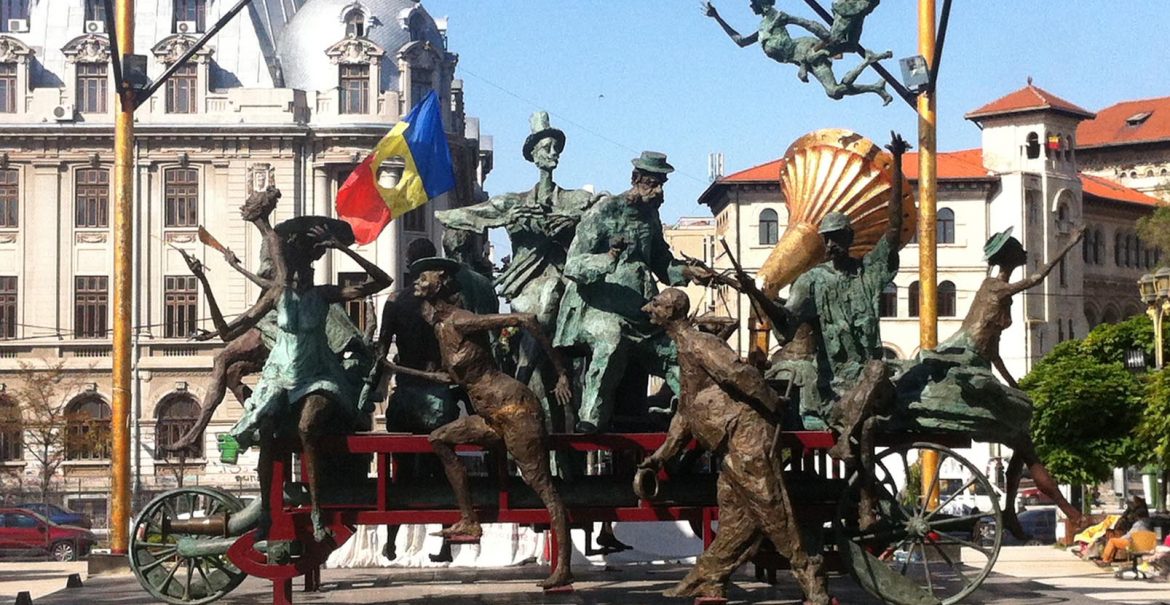


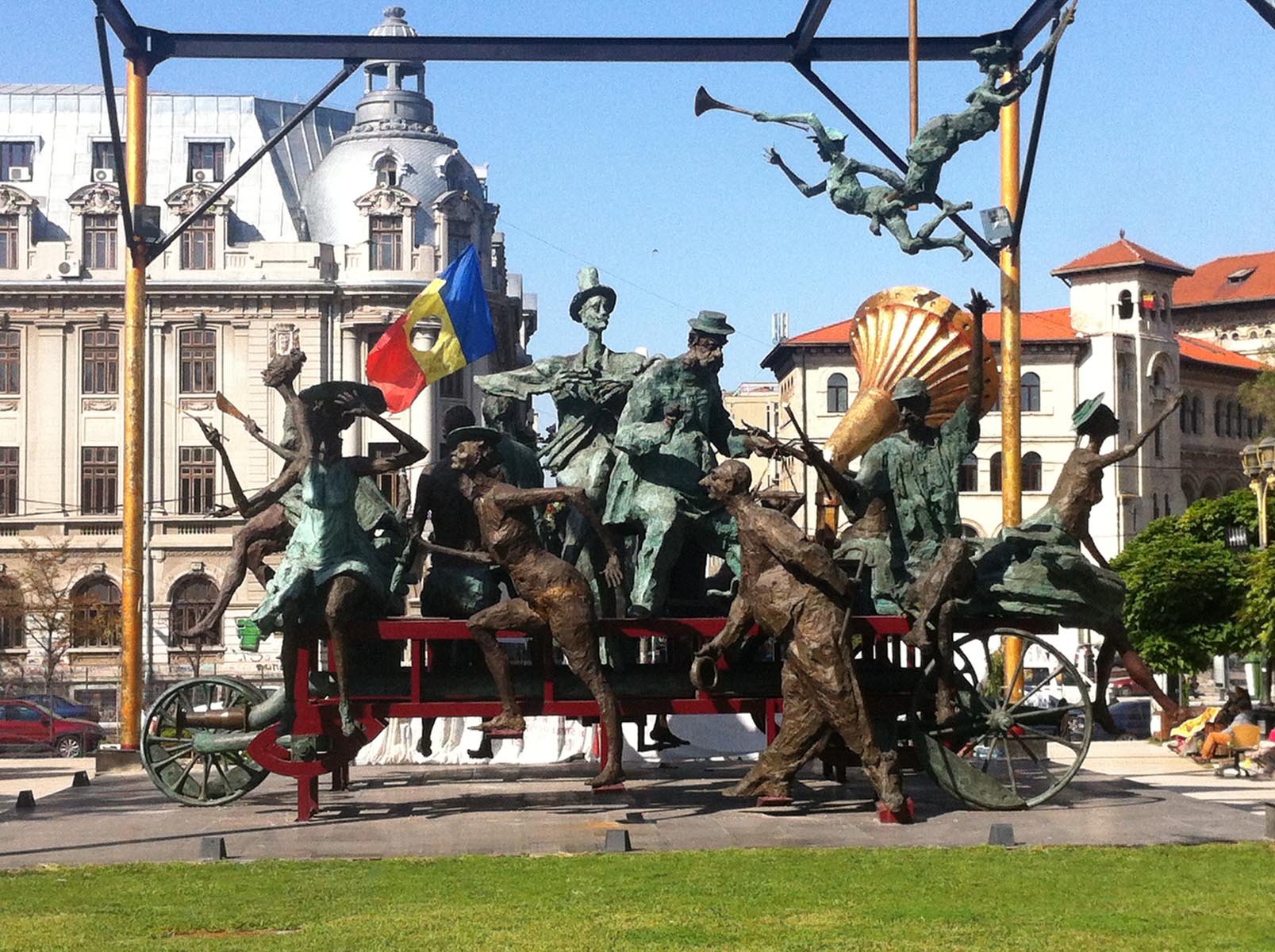


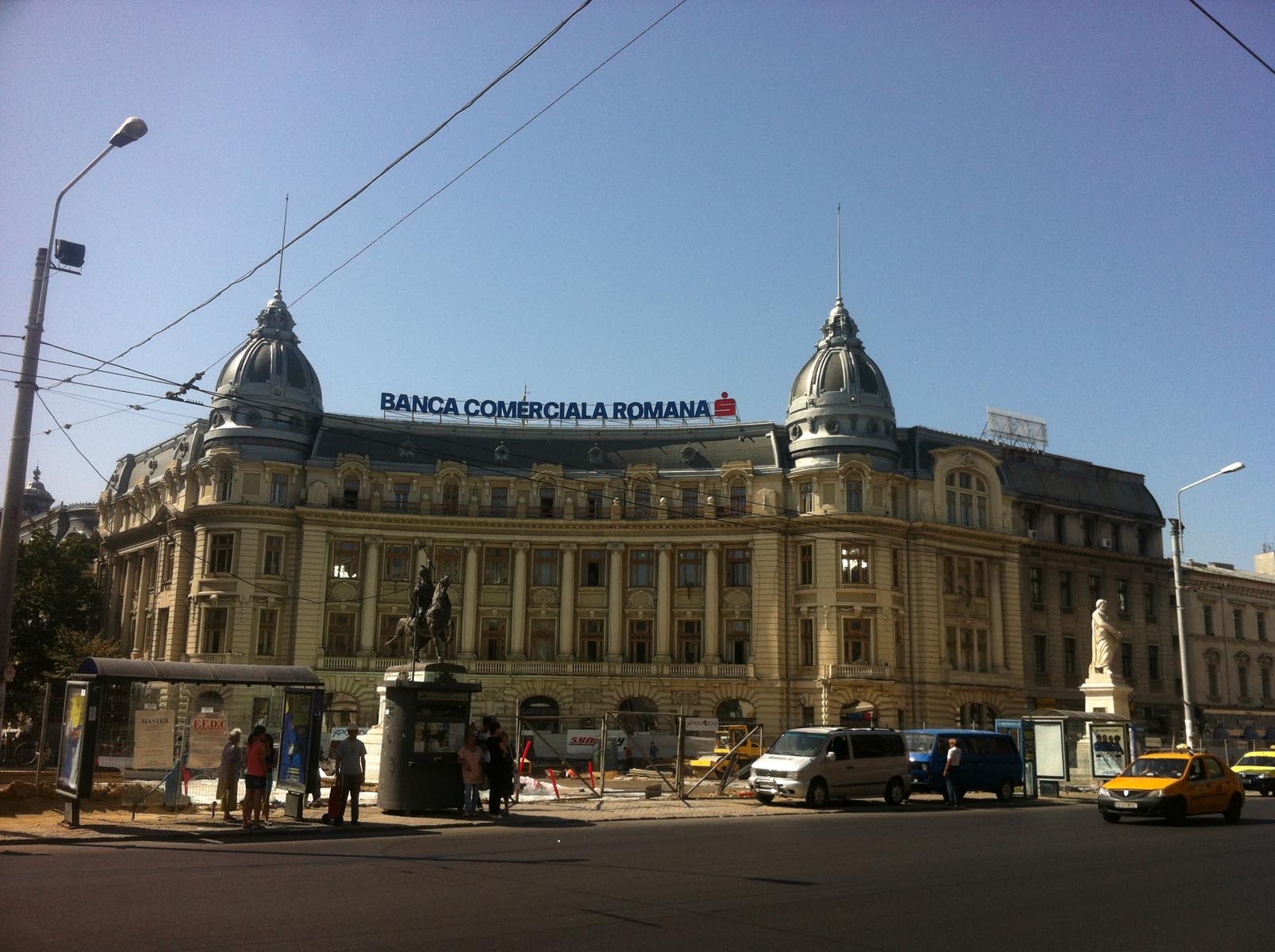
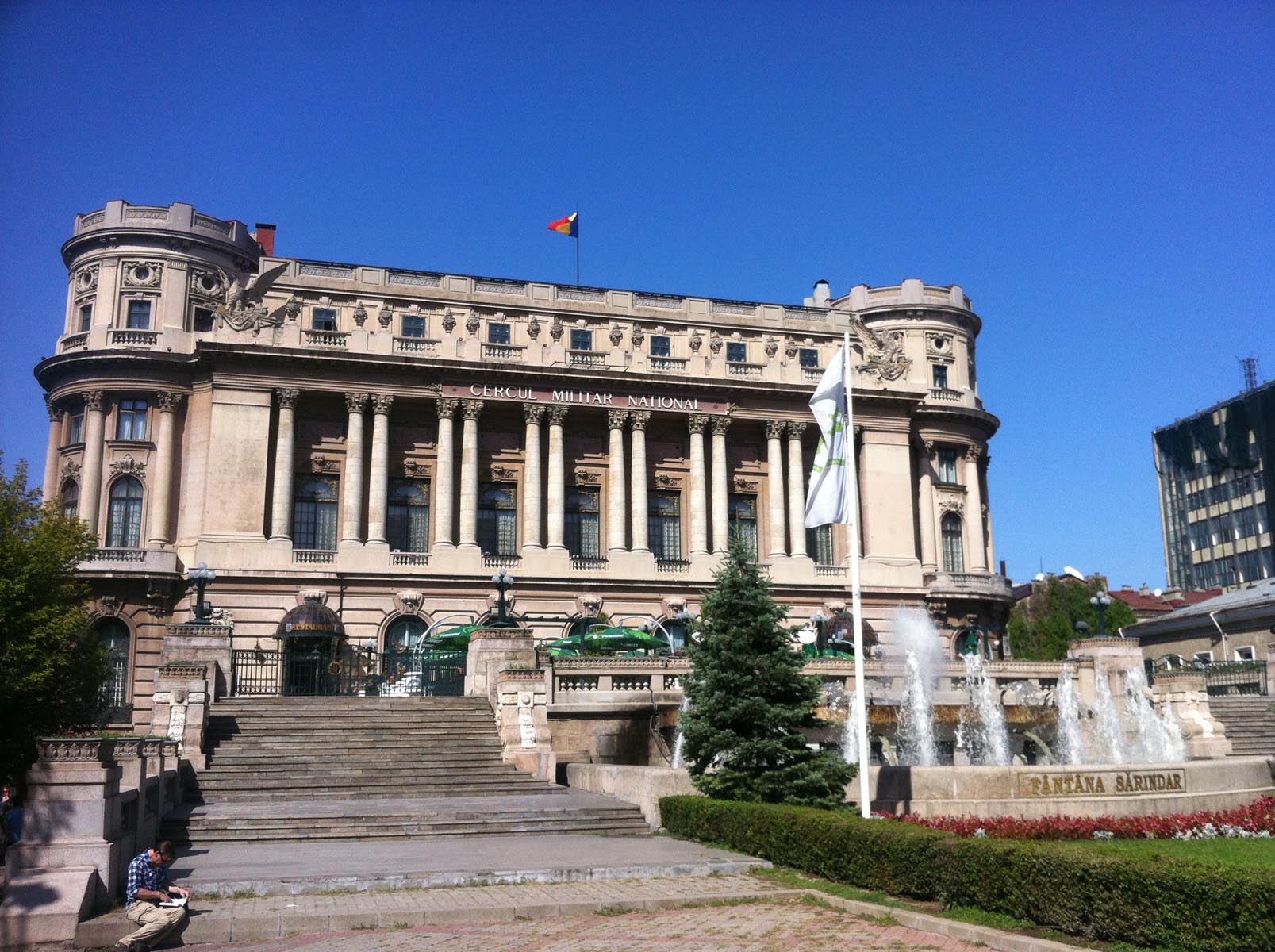
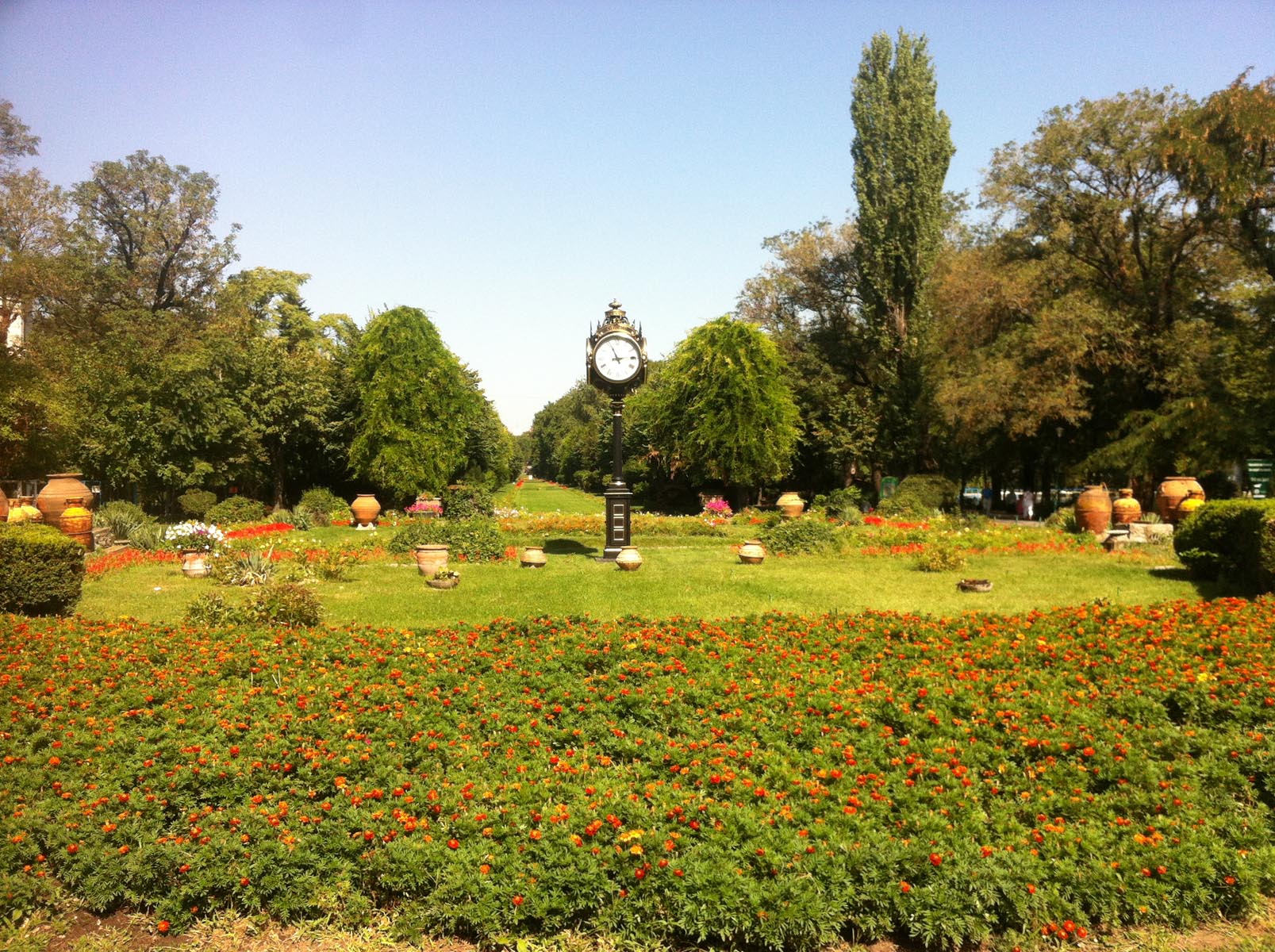
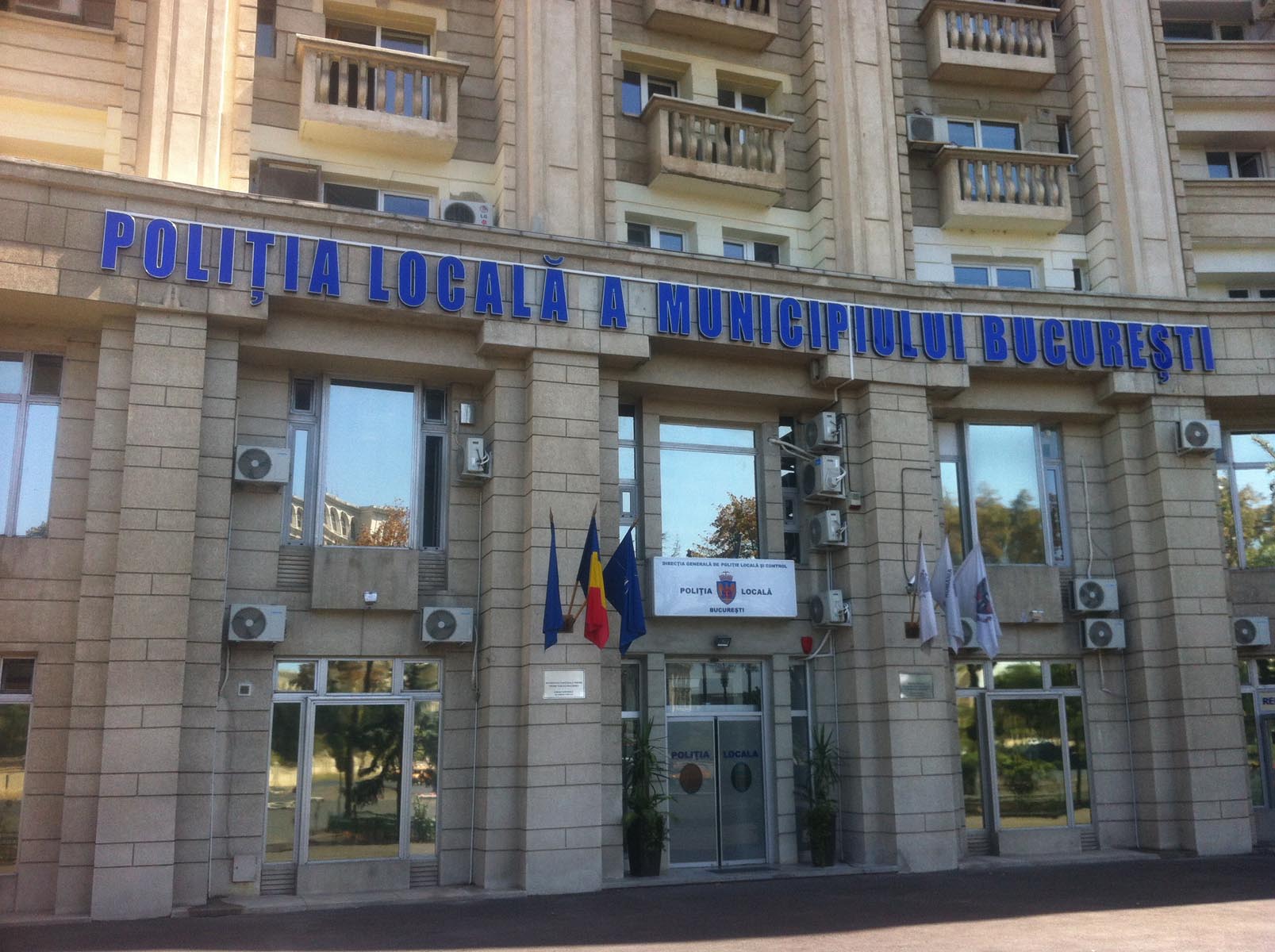

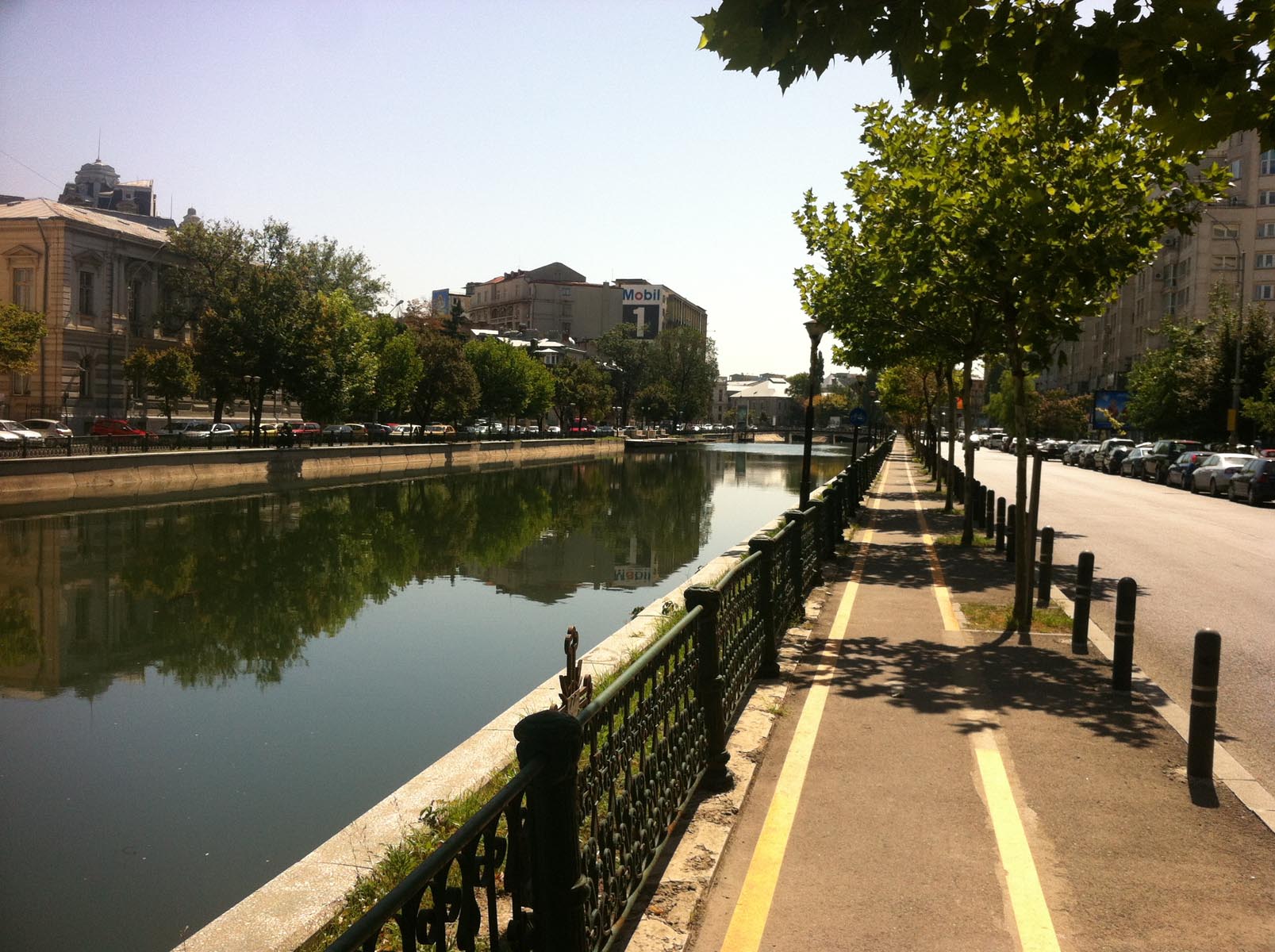
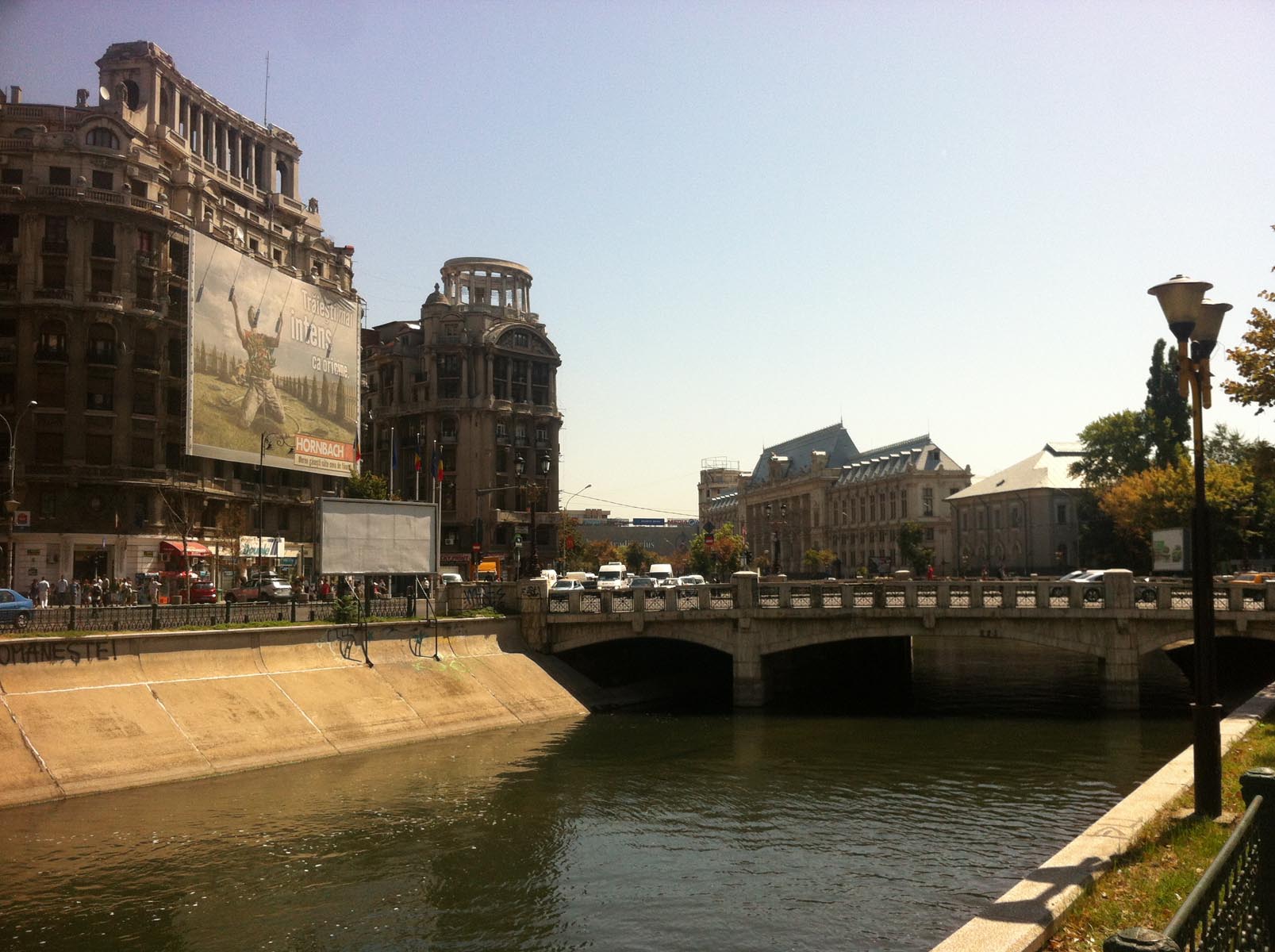
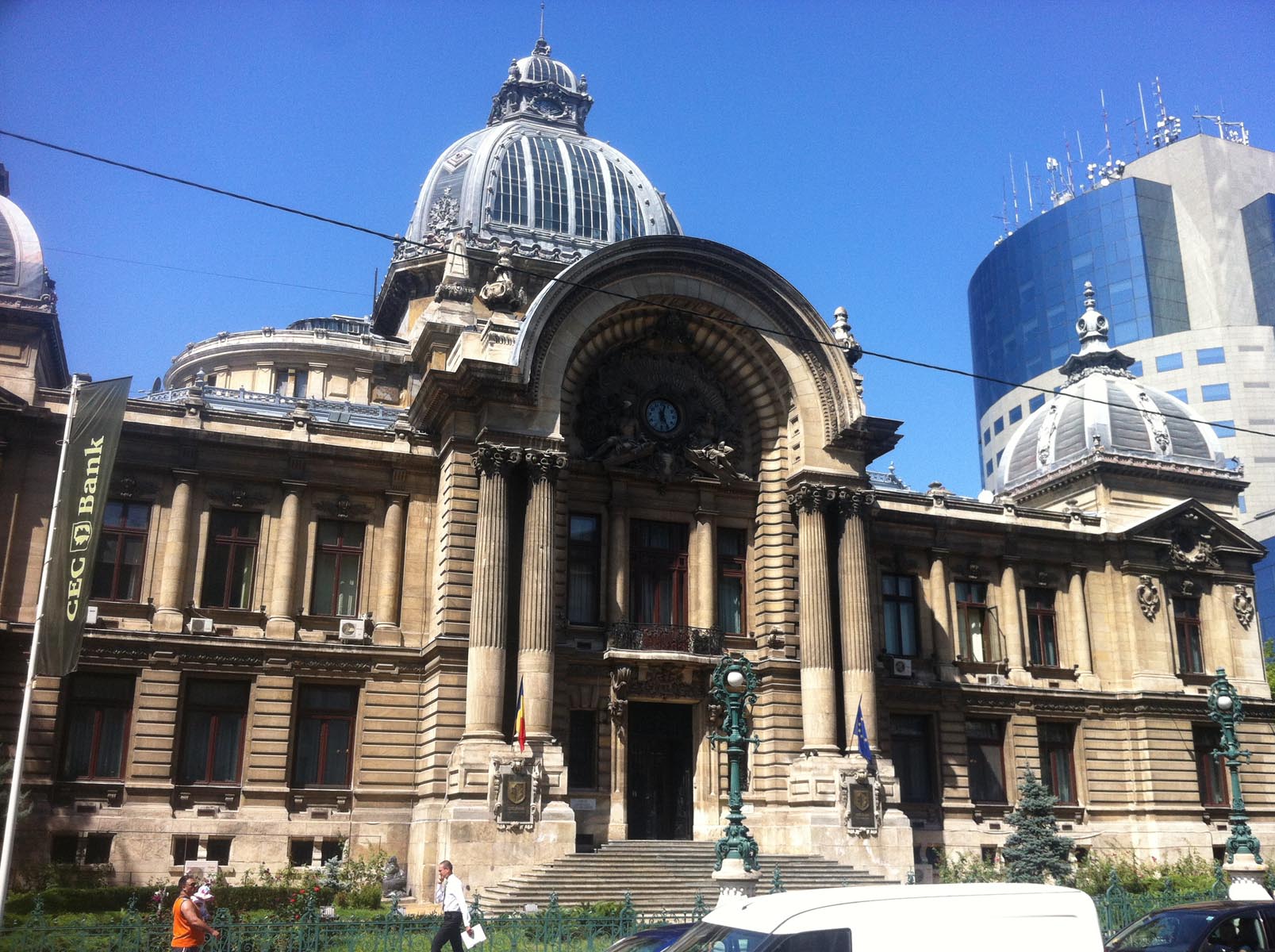
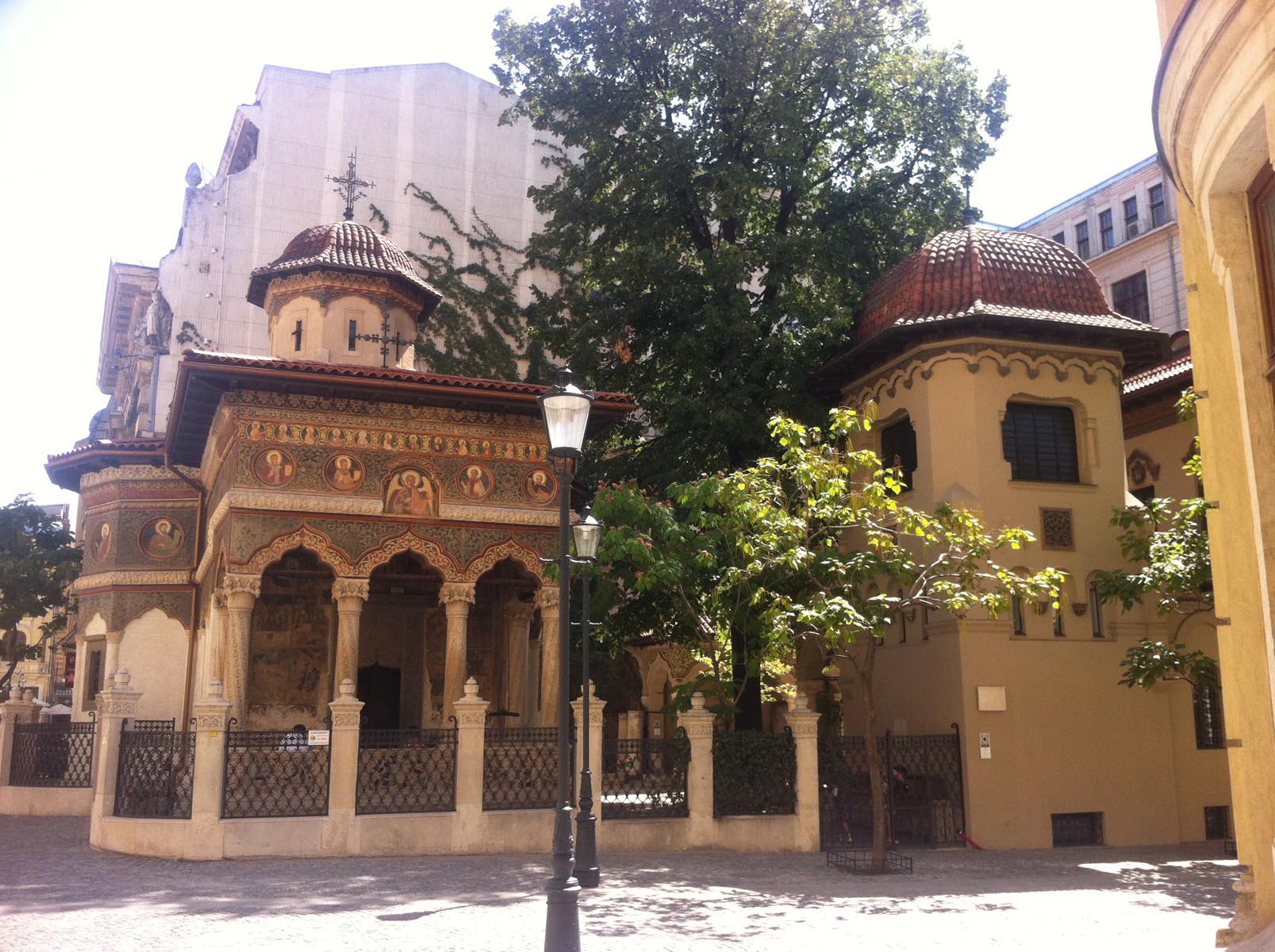


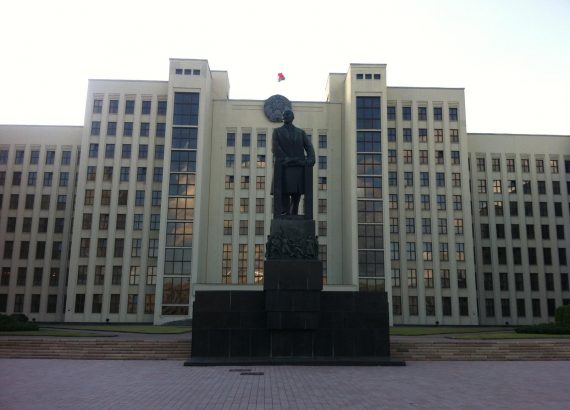
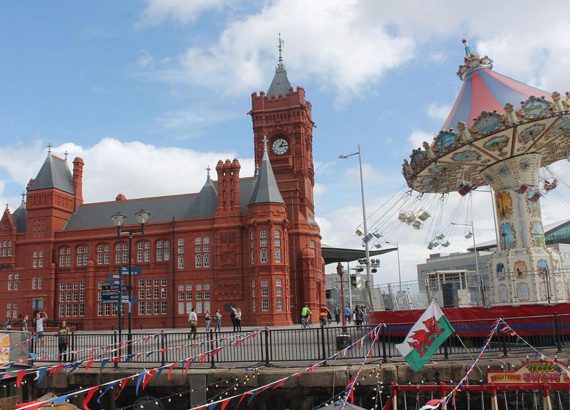
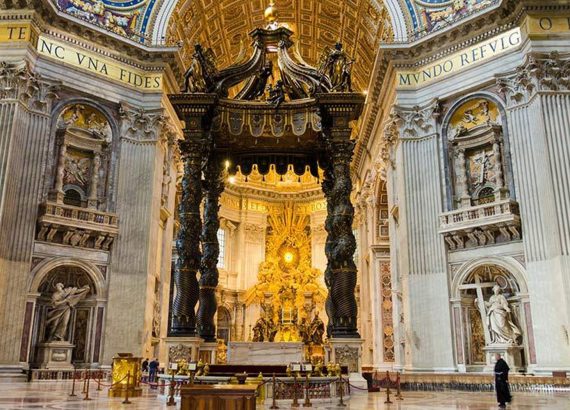
No Comments